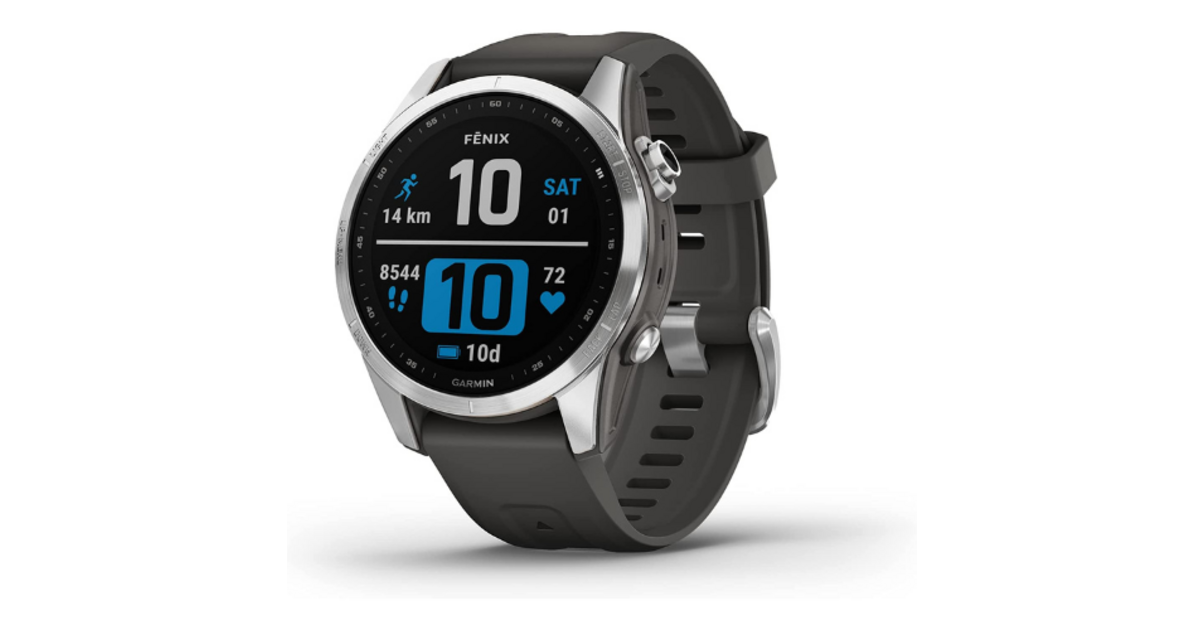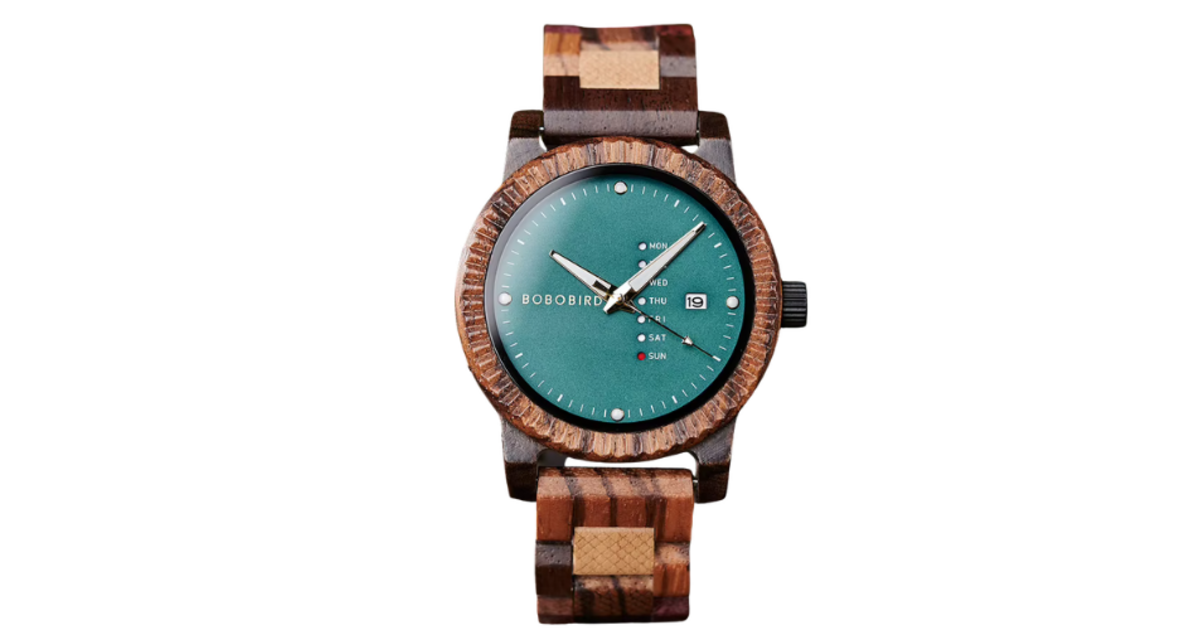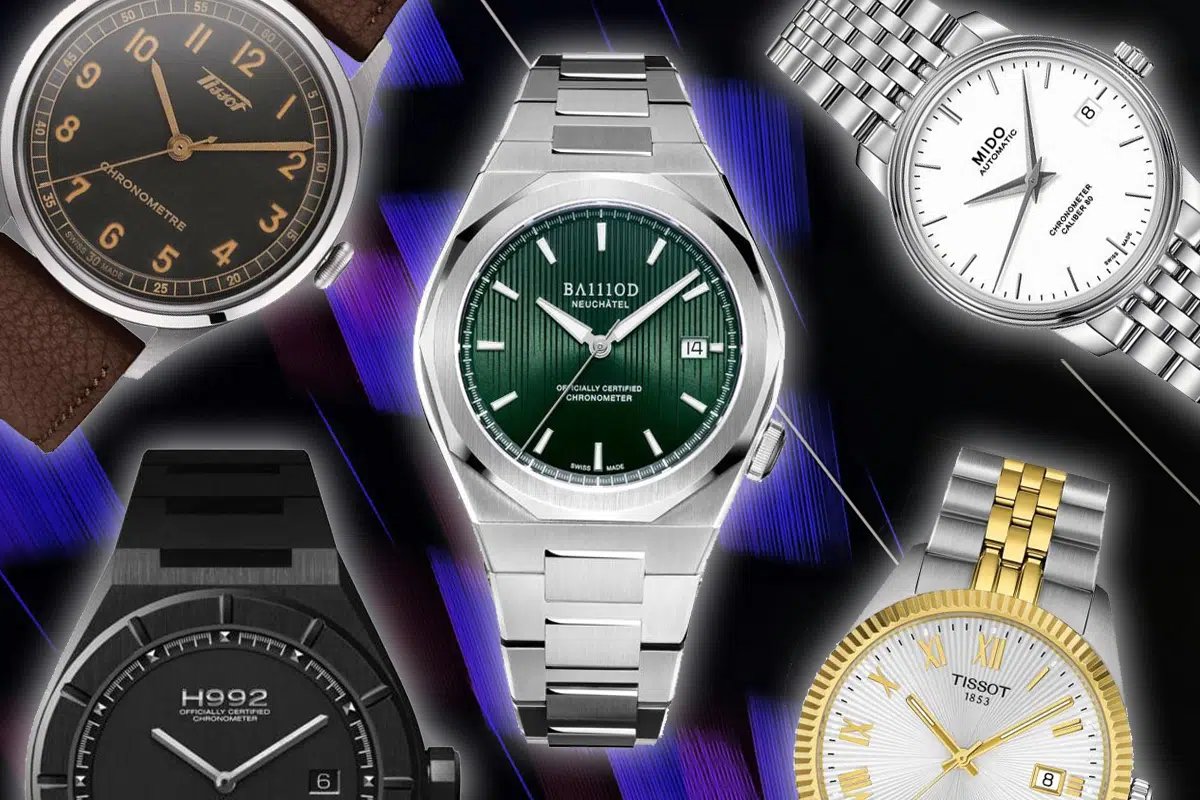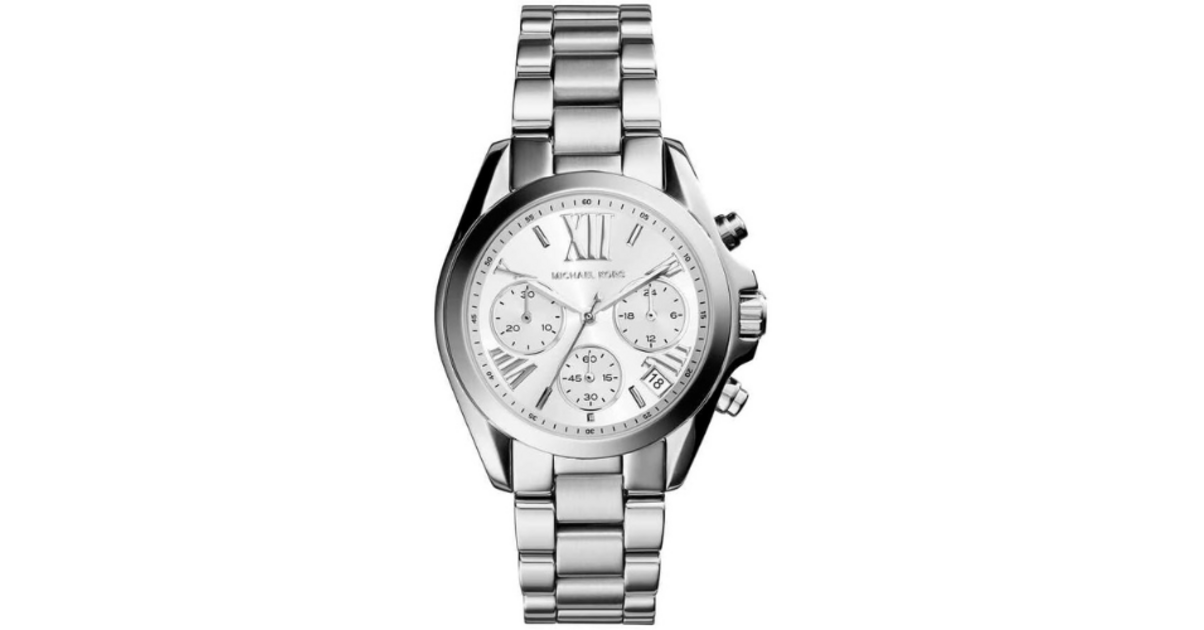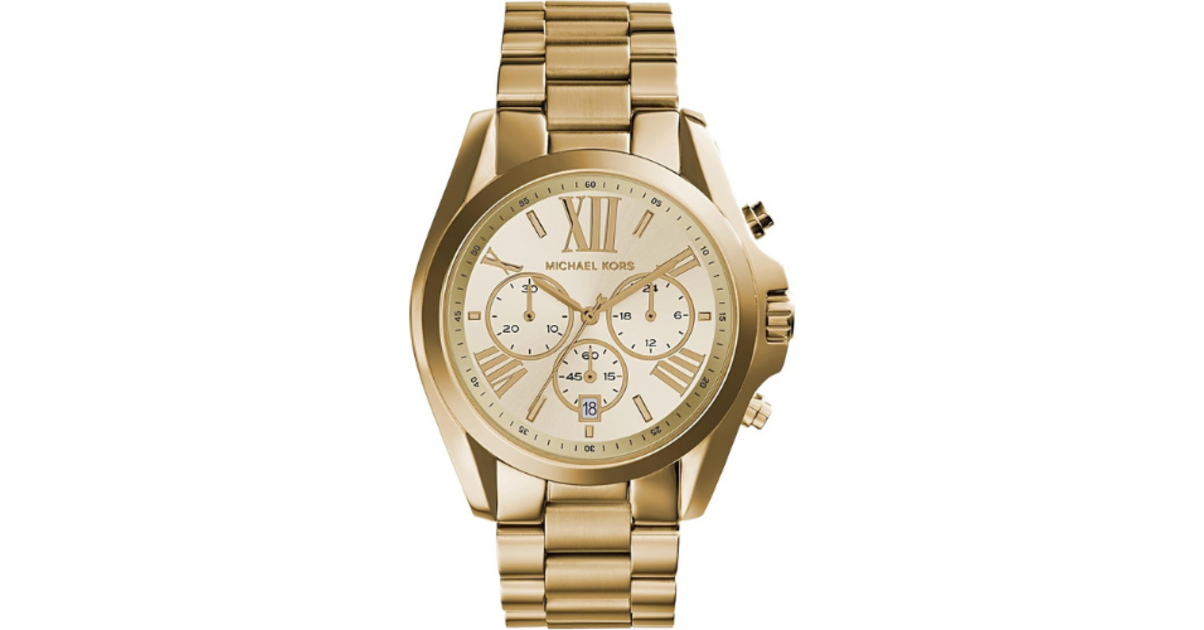Table of Contents
Garmin Fenix 7: which size to choose (7S, 7, 7X)?
It starts from here: the template. Size determines comfort, autonomy, readability, weight. All.
Fenix 7S (42 mm): the serious compact
Perfect if your wrist circumference is less than 16 cm or if you want a discreet everyday watch. Contained weight, bracelet which better fits the carpal bones, less inertia in intervals. The autonomy drops a little, yes, but for 90% of weekly sessions, it was more than enough for my typical weeks (4 outings + 1 long outing).
Fenix 7 (47 mm): almost ideal balance
The “all-purpose” size for trail runners and triathletes: screen more readable in direct sunlight, larger battery, case that fits better on wet textiles (this detail mattered on technical descents). This is the one I recommended by default. And I persist.
Fenix 7X (51 mm): endurance as a priority
Objective: maximum autonomy + integrated LED lamp on the front. Yes, it’s massive, but in an ultra at night or for early morning cycling, the LED is really useful (marking a path, being seen, tinkering with a headlamp). For a long time, I said “too big”; after two nights on GR, I changed my mind.
Solar, Sapphire, multi-band GPS: what to take, really?
We decide. If you want the best combo precision/durability/maps, target Sapphire Solar : anti-scratch sapphire crystal, 32 GB storage, preloaded topo maps of Europe (ready to navigate), and above all multi-band GPS (L1+L5) for clean tracks where others drifted. The rest ? Good, but less coherent.
Glass and scratch resistance
Gorilla Glass (Standard/Solar) sometimes scratched my metal guardrails (platform, commuter bike). The sapphire withstood the same gestures without marking. Yes, it is an additional cost. Yes, it pays off after a year if you go out 4–6 times/week.
Cards and storage: 32 GB that changes everything
On Sapphire Solar32 GB gives some air: Europe topo + music + GPX segments, without juggling. On Standard/Solar (16 GB), we end up playing Tetris before a race. Tiring.
Multi-band GPS: precision where it counts
Toulouse balconies, urban canyons, tight undergrowth: in multi-band, I observed average RMSEs between 1.2 m and 2.5 m, when the single-frequency was more like 3–6 m. Over a 10 km measured with the tracker, the final gap fell below 0.3%. As a result, the minute/kilometer paces breathe, less aberrant laces in Garmin Connect. For those curious about pure solar, see The Garmin guide to true solar GPS watches.
